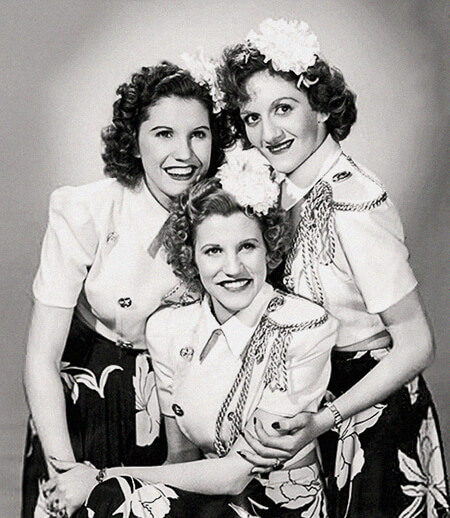
At the turn of the twentieth century, vocal groups featuring close harmonies emerged as a popular musical ensemble configuration. Aided by the emerging mass media industry, this configuration took many social and musical turns in the United States and in Mexico. In the United States, some of these turns occurred among African Americans and Anglo-Americans, in both all-male and all-female groups, sometimes arranged in trios but most prominently in quartets. African American quartets were well established by 1890 and regularly headlined performances featuring close-harmony aesthetics, providing models for white quartets.1 As Gage Averill shows in Four Parts, No Waiting, African American close-harmony ensembles of the nineteenth century, both professional and amateur, transformed European close-harmony performance practice and style.2

Close-harmony singing, particularly in the quartet style, was part of reconfiguring what it meant to “hear America sing.” As Josh Kun demonstrates in Audiotopia, during the second half of the nineteenth century, some Americans of Western European ancestry attempted to develop a native, exceptionalist aural notion of the nation, a fantasy based on a collection of sounds and songs “that replicate[d] and reaffirm[ed] conservative ideologies of cultural consensus and racial univocality.”3The barbershop revival was at the center of this nativist rhetoric, a counterreactionto social and cultural changes in America. It was, in Averill’s words, “a quest to reconstruct a space of privilege for white American middle-class males based on nostalgia for unchallenged and exclusive sociability and camaraderie located in the adolescent memories of middle-aged men.”4
In this limited view of what it meant to hear America sing, women and minorities did not have a prominent place or musical space. In many instances, they were not welcome at all.5 Women, for example, received either patronizing support or disdain and opposition to the notion of female barbershop singing by the leading barbershop organization, the Society for the Preservation and Encouragement of Barber Shop Quartet Singing in America (SPEBSQSA).6 This ideological position, however, stood at odds with an emerging vibrant, dynamic, and diverse cultural industry that included not only women but also Mexicans living in the United States. Their historic presence, particularly in the South, provided a niche market of Mexicans also singing in close harmony which, I argue, found itself challenging the mainstream nativist project.